11 Harsh Rules Old Hollywood Actors Had to Follow
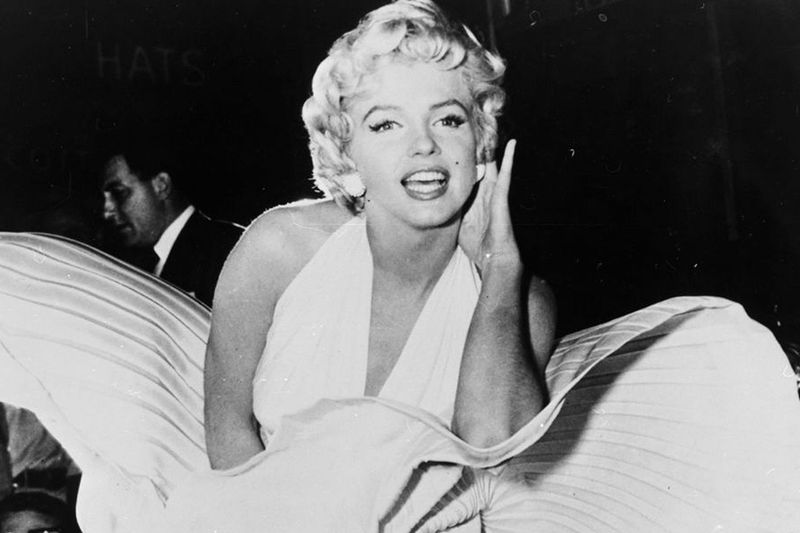
The glitz and glamour of Old Hollywood masked a rigid system of control that governed actors’ lives both on and off screen. From the 1920s through the 1960s, movie studios wielded extraordinary power over their contracted talent. Stars who appeared carefree on screen were actually following strict rules that dictated everything from their appearance to their personal relationships. These harsh regulations shaped the Golden Age of cinema in ways most fans never realized.
1. Studio Contracts Controlled Everything
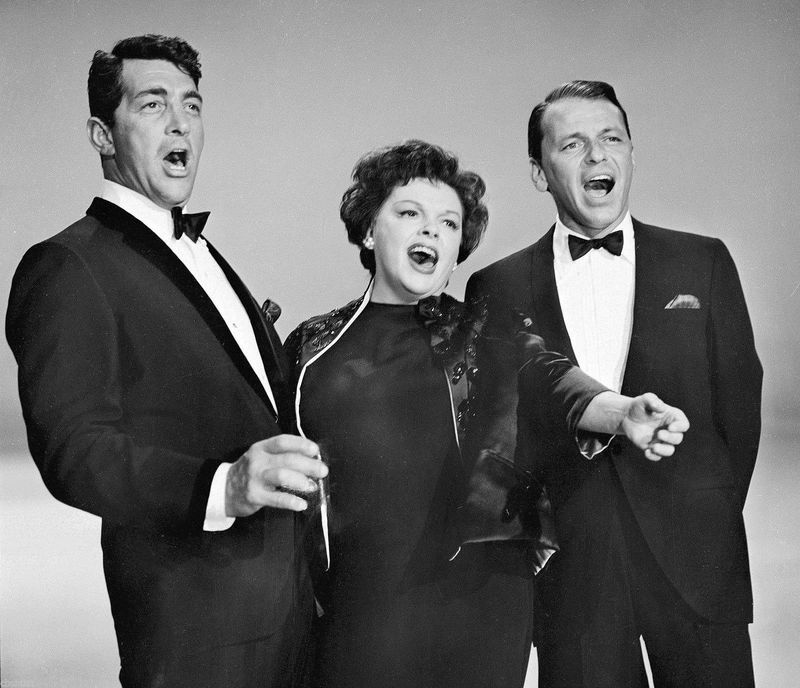
Seven-year contracts were the golden handcuffs of Old Hollywood. Actors essentially became studio property, with executives dictating which films they appeared in, regardless of quality or personal preference. MGM, Paramount, and Warner Bros. could loan stars to other studios for profit without the actor receiving extra compensation.
Salary suspensions happened frequently if actors refused roles. James Cagney famously battled Warner Bros. over being typecast in gangster films, resulting in multiple suspensions without pay. Studios even controlled when actors could take vacations or get married.
These ironclad agreements meant stars like Judy Garland worked grueling schedules with little say in their careers. The studio system viewed talent as investments to be managed, not artists to be nurtured.
2. No Public Scandals Allowed
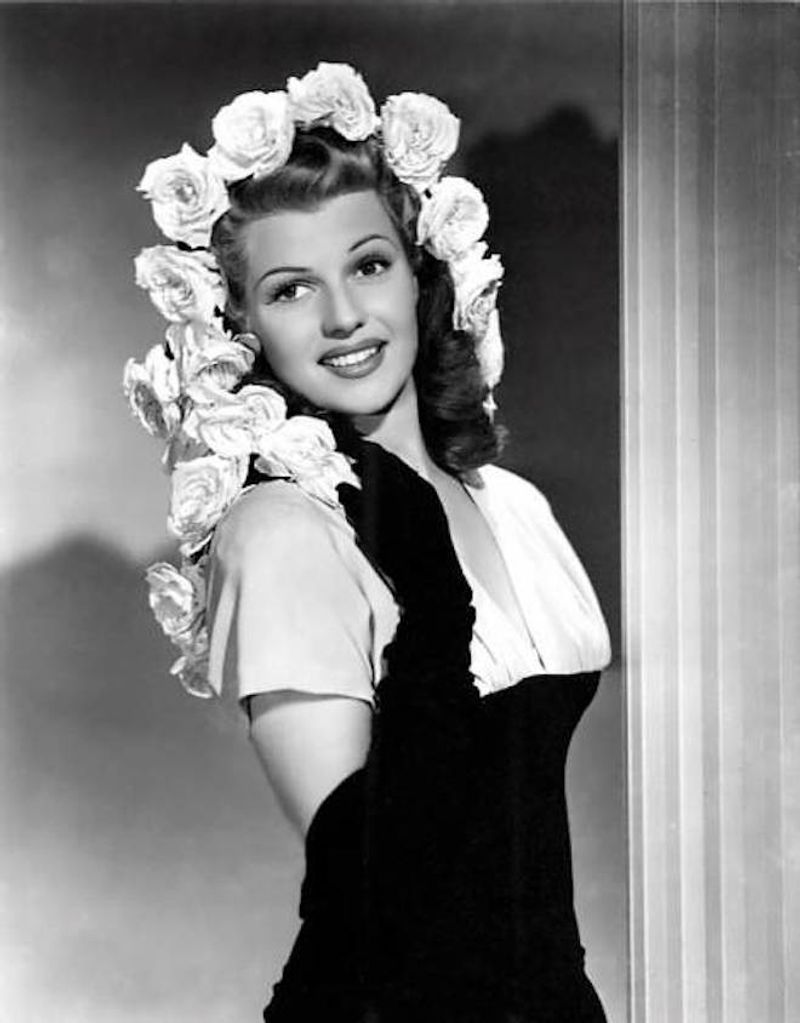
Reputation management was a full-time job for studios protecting their valuable assets. Publicity departments operated round-the-clock to suppress stories about affairs, arrests, or anything that might tarnish a star’s marketable image.
Studios maintained networks of friendly reporters who would kill negative stories in exchange for exclusive access to stars. This system ensured that the public only saw the carefully crafted personas studios wanted to sell.
3. Mandatory Makeovers
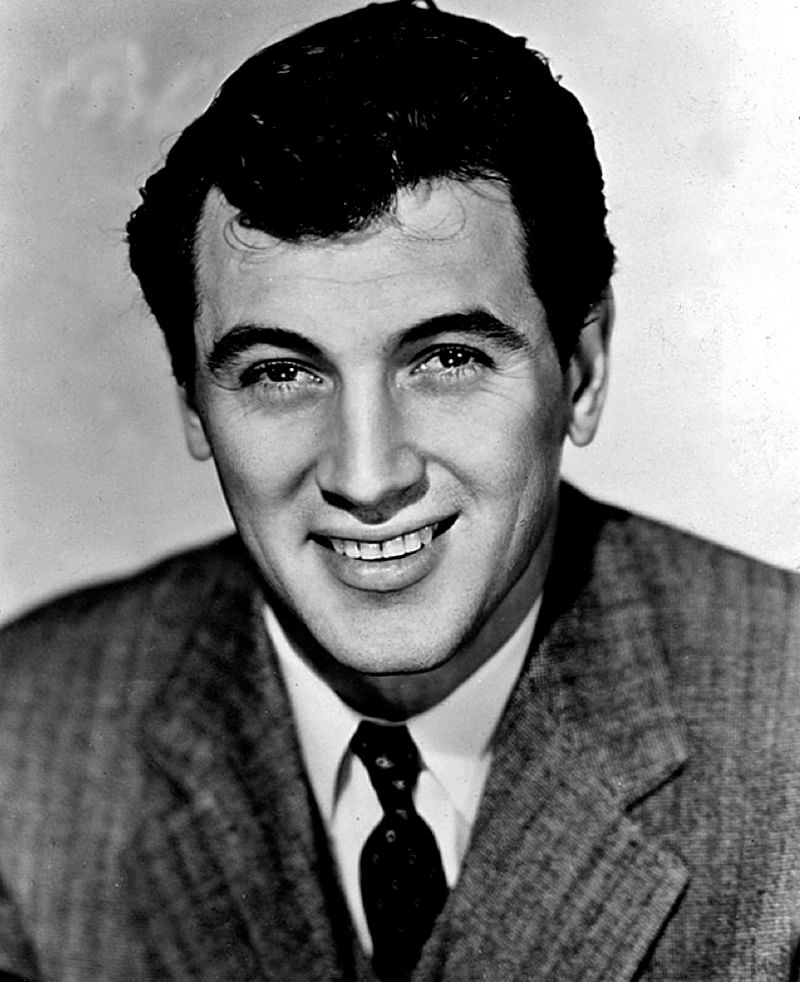
Physical transformations were non-negotiable when studios signed new talent. Rita Hayworth underwent painful electrolysis to raise her hairline and lighten her naturally dark hair to become the glamorous redhead audiences recognized. Judy Garland was forced to wear painful dental prosthetics and binding undergarments while being placed on studio-mandated diets and pills.
Men weren’t exempt from these extreme changes either. Rock Hudson’s teeth were capped, and his real name Roy Scherer Jr. was deemed unmarketable. Studio makeup departments kept detailed files on each actor’s “flaws” and how to correct them for camera.
These makeovers often erased ethnic features and cultural identities. Margarita Carmen Cansino became Rita Hayworth only after painful procedures to appear more conventionally American, showing how studios prioritized marketable looks over individuality.
4. Dating Was Carefully Managed
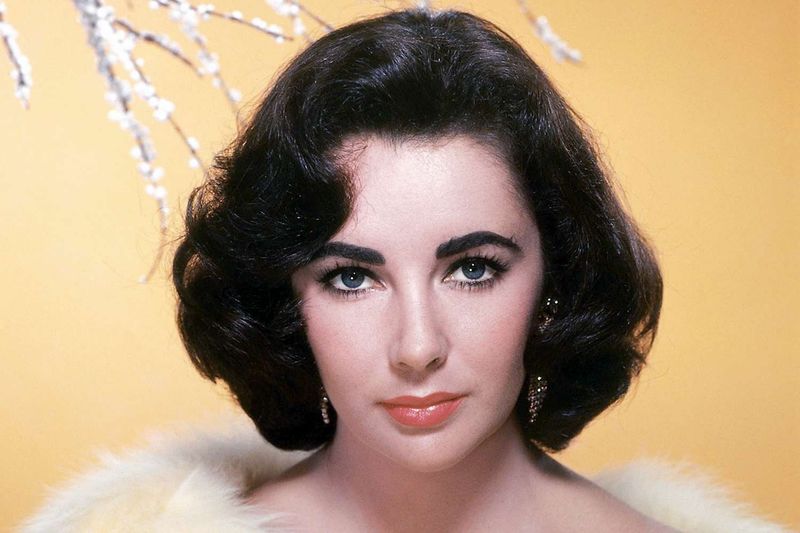
Romance in Old Hollywood rarely happened by chance. Studios arranged “studio dates” between contracted stars to generate publicity for upcoming films. These manufactured relationships created fan magazine fodder while keeping actors too busy for unsanctioned romances that might damage their marketable image.
Rock Hudson exemplifies the extreme control studios exercised. His orientation was hidden through a studio-arranged marriage to secretary Phyllis Gates.
Female stars often found themselves paired with older, established male actors regardless of personal compatibility. Teenage Elizabeth Taylor was pushed into multiple publicity relationships and marriages that benefited her career trajectory. These arrangements prioritized marketability over personal happiness, treating romance as just another publicity tool.
5. Strict Morality Clauses
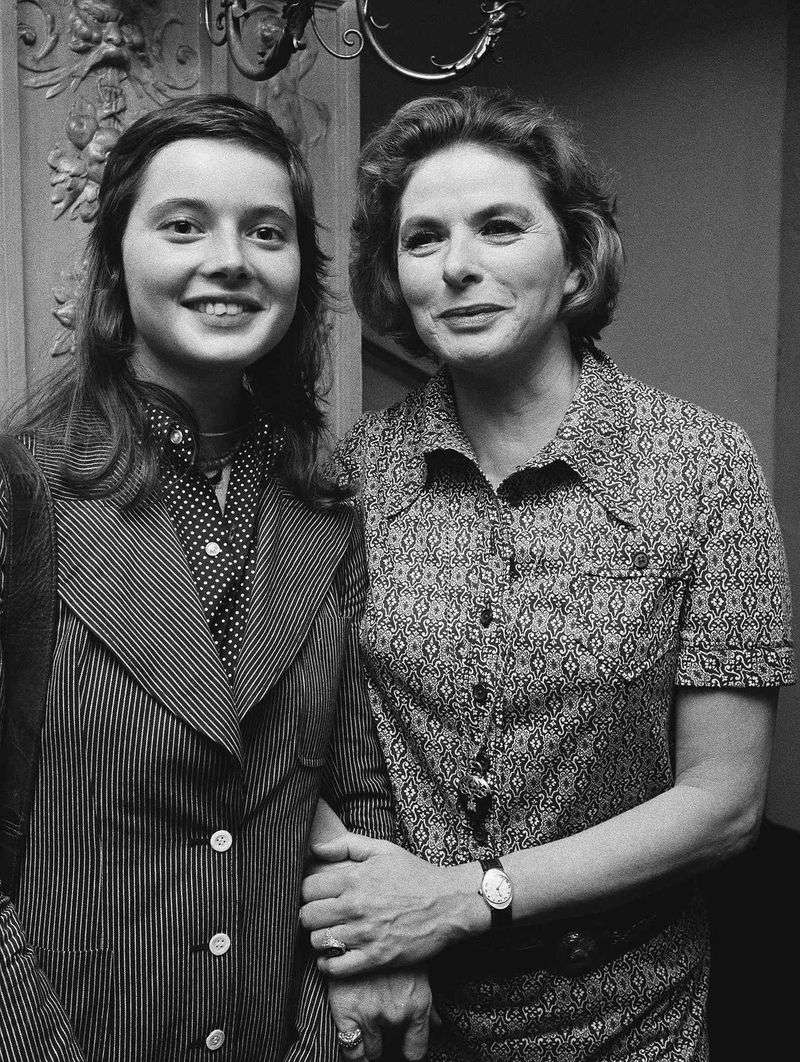
Buried in the fine print of every studio contract were morality clauses that governed off-screen behavior. These legal provisions allowed studios to terminate actors for conduct they deemed inappropriate or damaging to studio reputation. Divorce, pregnancy outside marriage, or political activism could end careers overnight.
Joan Crawford lived in fear of these clauses, carefully managing her public image while her private life remained strictly separate. Ingrid Bergman discovered their power when her affair with Roberto Rossellini led to her being denounced on the Senate floor and effectively exiled from Hollywood for years.
Male stars weren’t exempt either. William Haines, a top box office draw in the 1920s, saw his career destroyed when he refused to end his same-sex relationship and enter a lavender marriage as MGM demanded. The message was clear: personal freedom came second to studio image control.
6. No Improvisation on Set
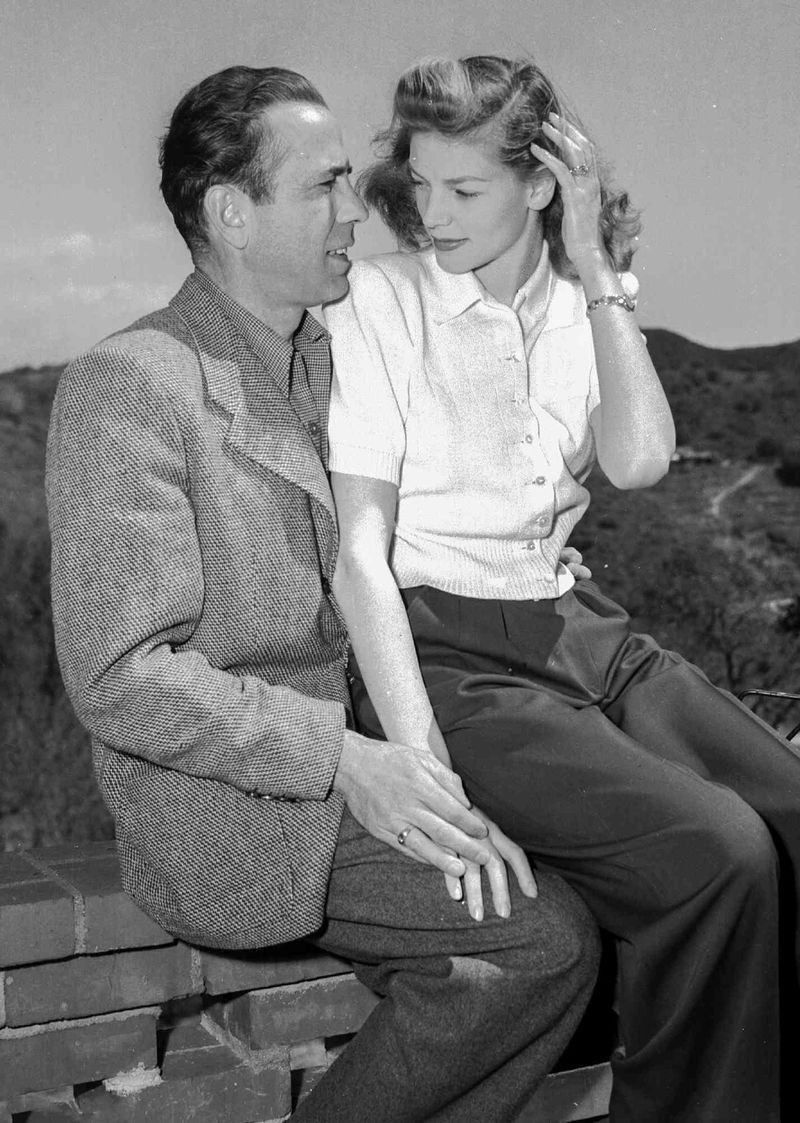
Creative freedom was virtually nonexistent for actors under the studio system. Scripts were sacred texts not to be altered, with dialogue coaches ensuring every word was delivered exactly as written. The assembly-line approach to filmmaking meant shooting schedules were tight, leaving no room for experimentation or actor input.
Directors like Alfred Hitchcock were notorious for treating actors as mere elements in their visual compositions. Tippi Hedren recalled being told, “Your job is to hit the marks and say the lines.” Even established stars like Humphrey Bogart rarely questioned dialogue or character motivations.
This rigid approach created the distinctive rhythm and pace of classic Hollywood films but stifled artistic growth. Actors who attempted to suggest changes were labeled “difficult” and could face suspension. The system valued consistency and efficiency over artistic expression, treating performers more like interchangeable parts than creative collaborators.
7. Limited Personal Freedom
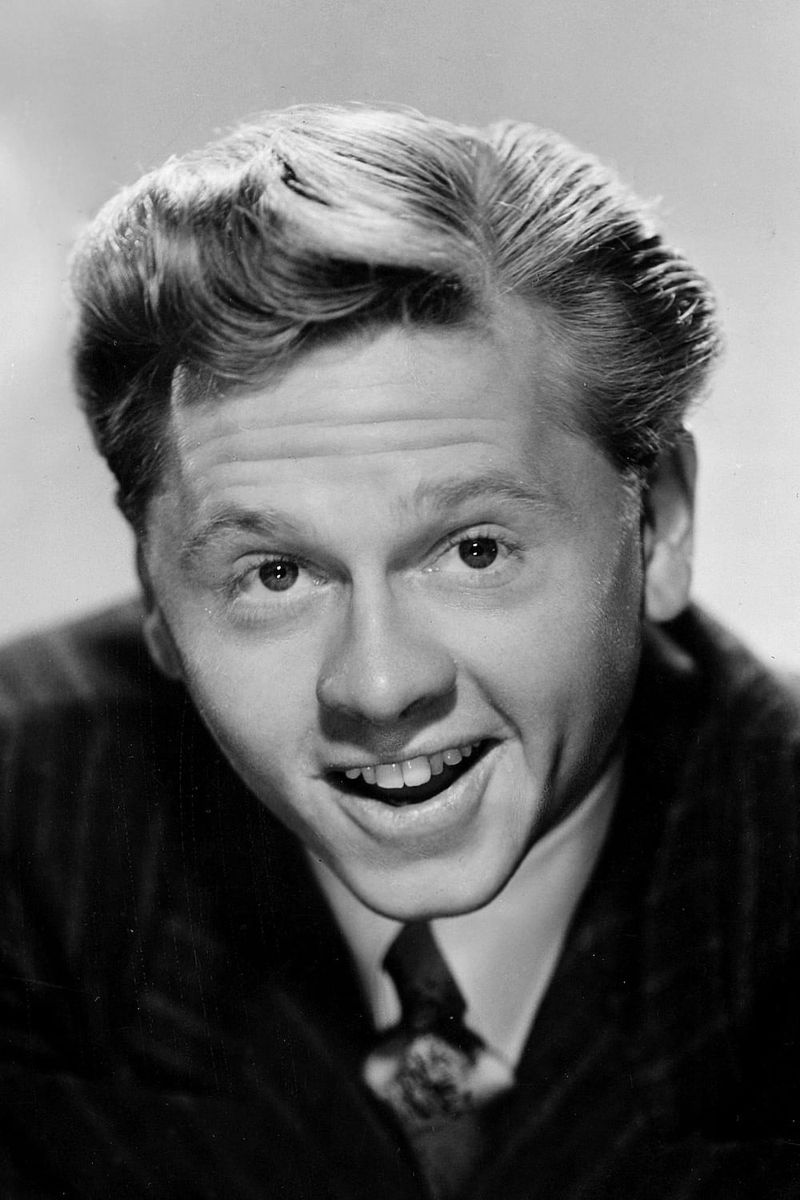
Studio control extended far beyond working hours into actors’ private lives. Stars needed permission for everyday activities like taking vacations or visiting family. MGM famously tracked Judy Garland’s movements and monitored her calorie intake, while other studios employed private detectives to ensure contracted talent followed rules even at home.
Curfews weren’t uncommon, especially for younger stars. Mickey Rooney recalled having to be home by 10 PM on weeknights or face suspension. Female actors faced particularly strict surveillance, with “studio companions” often assigned to accompany them in public.
Even marriage required studio approval, with timing often dictated by film release schedules rather than personal preference. Actors lived in beautiful homes but existed in gilded cages, trading personal autonomy for fame. This system created stars who appeared perfect on screen while living under constant surveillance and control off-camera.
8. Typecasting Was Inevitable
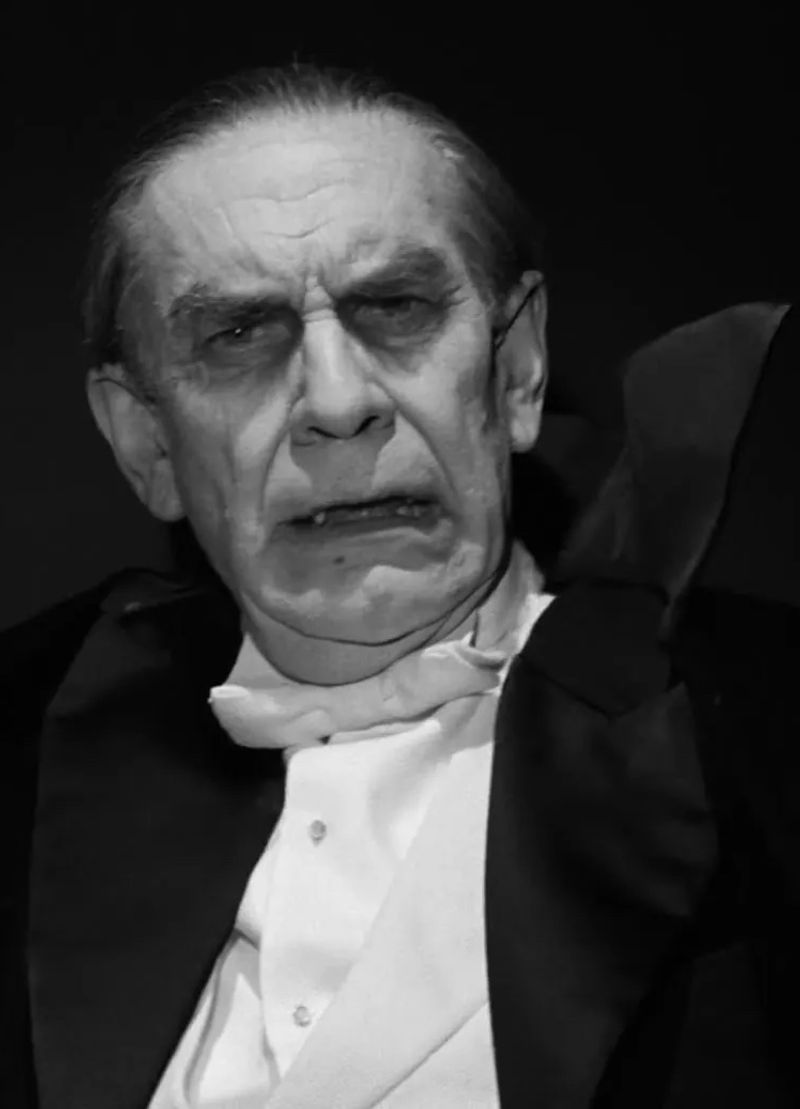
Breaking free from established screen personas proved nearly impossible under the studio system. Once an actor succeeded in a particular role type, studios repeatedly cast them in similar parts to maximize profit on their “proven formula.” This commercial approach to casting trapped many talented performers in one-dimensional careers.
Bela Lugosi never escaped his Dracula image despite his classical training and range. After playing the vampire count, he found himself endlessly cast as various monsters and villains. John Wayne similarly became so identified with Westerns that his attempts at different roles were rejected by audiences conditioned to see him only as a cowboy.
Female actors faced even narrower typecasting as either virtuous ingenues or dangerous femme fatales. Mae West battled this system by writing her own material, but most actresses lacked such options. Studios viewed actors as products with established brand identities not to be tampered with.
9. Required Public Appearances
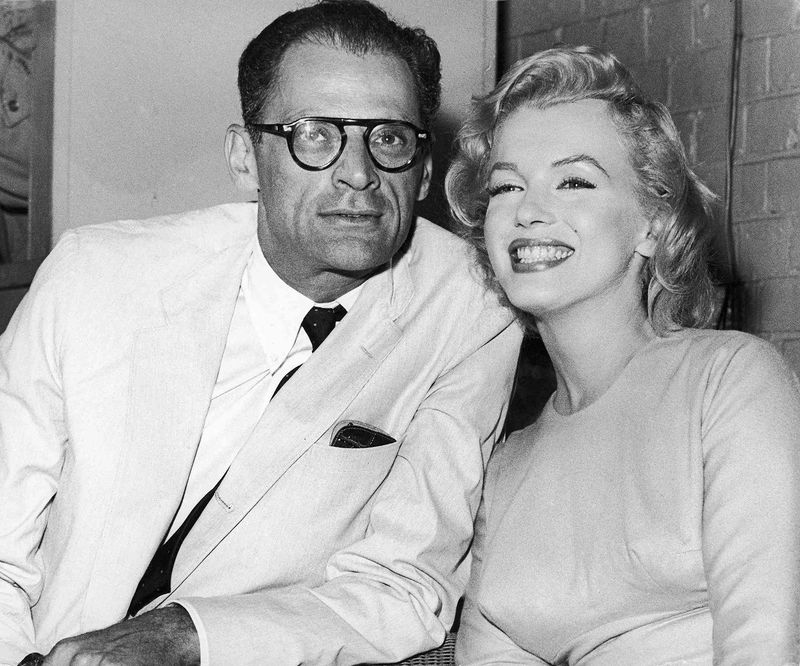
Promotional duties consumed actors’ lives between film projects. Stars were contractually obligated to attend premieres, charity events, and promotional tours without additional compensation. These appearances were mandatory regardless of personal circumstances or exhaustion levels.
Marilyn Monroe once quipped that she was “owned by the studio like a piece of furniture.” Her public appearances were meticulously scheduled to maximize publicity for her films. When Katharine Hepburn resisted these obligations, MGM labeled her “box office poison” until she reluctantly complied with their promotional demands.
Military tours during World War II became particularly demanding, with stars like Bob Hope and Betty Grable performing for troops regardless of personal risk or fatigue. While appearing voluntary to the public, these tours were often contractually required. The relentless schedule of films and appearances led many stars to dependency on studio-provided stimulants and sleeping pills just to keep pace.
10. Image Management Teams
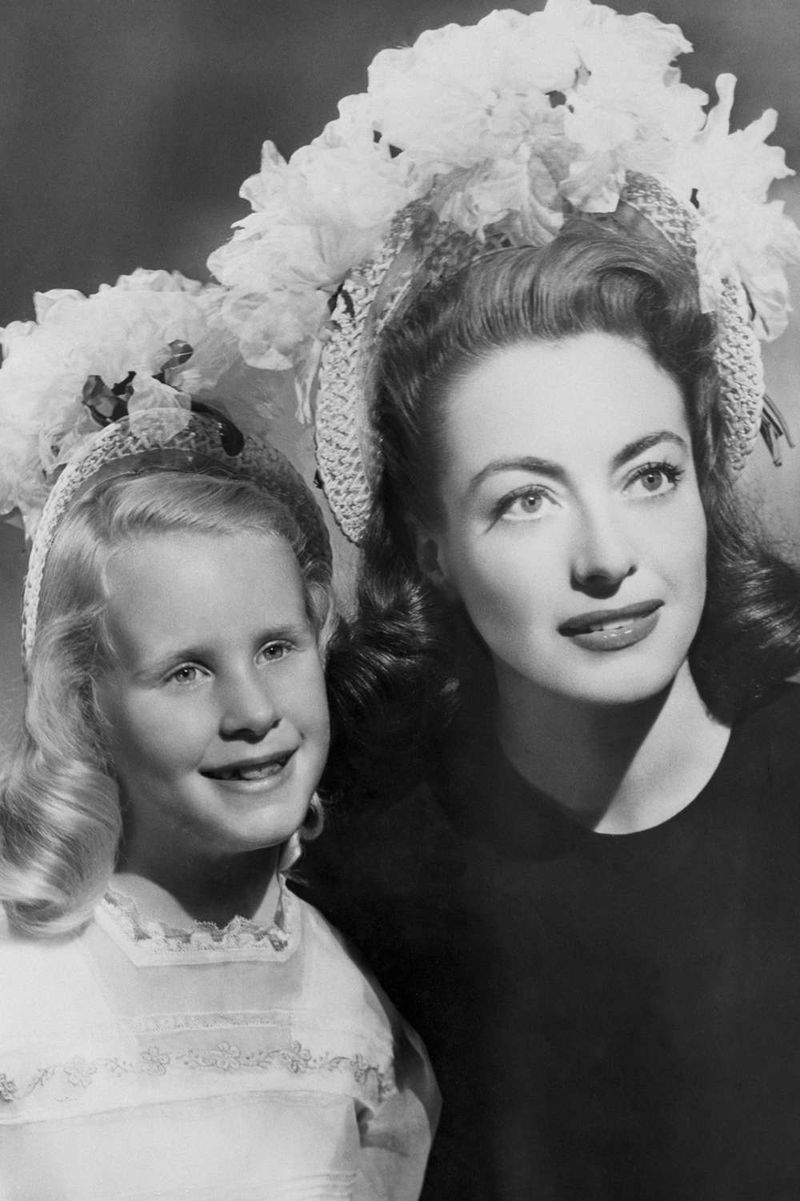
Behind every star stood an army of specialists controlling their public persona. Dedicated teams including publicists, stylists, speech coaches, and etiquette instructors molded actors into marketable products. These professionals dictated everything from how stars spoke to what hobbies they could publicly claim.
Joan Crawford’s publicist created her entire “rags to riches” backstory, replacing her actual childhood with a more sympathetic narrative. Similarly, Rock Hudson’s team crafted elaborate stories about his interest in women while carefully hiding his homosexuality. Even casual interviews were rehearsed with prepared answers to expected questions.
Studios employed “friendly” journalists who would submit questions in advance and print only approved responses. Stars who deviated from approved talking points faced severe consequences. This comprehensive image management created the illusion that audiences knew their favorite stars personally, while the real individuals remained hidden behind carefully constructed facades.
11. Suppressed Personal Beliefs
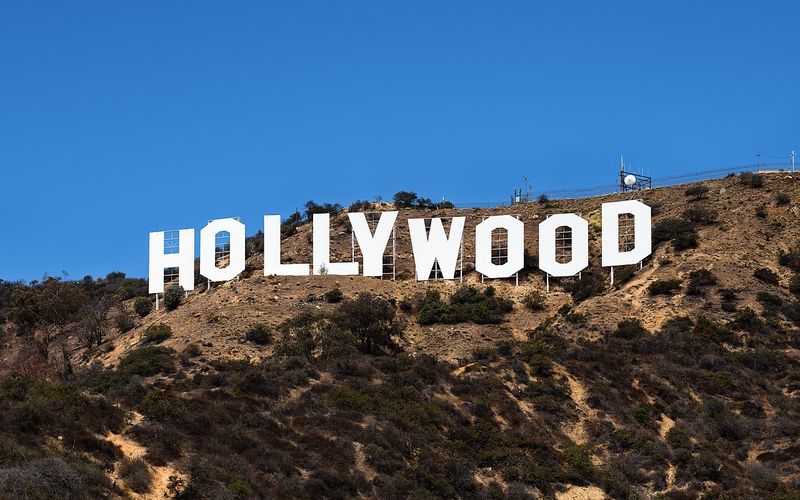
Political opinions and religious beliefs often required concealment to maintain marketability. During the McCarthy era, actors with progressive leanings faced blacklisting unless they publicly renounced their views. Studios forced stars to appear before the House Un-American Activities Committee to prove their patriotism.
Religious backgrounds were frequently hidden or altered to appeal to mainstream audiences. Others with non-Christian beliefs kept them private to avoid alienating ticket buyers.
Vocal opinions on social issues were particularly discouraged. The message was clear: personal convictions must take a backseat to commercial appeal. Stars were meant to entertain, not educate or challenge audience perspectives.

Comments
Loading…